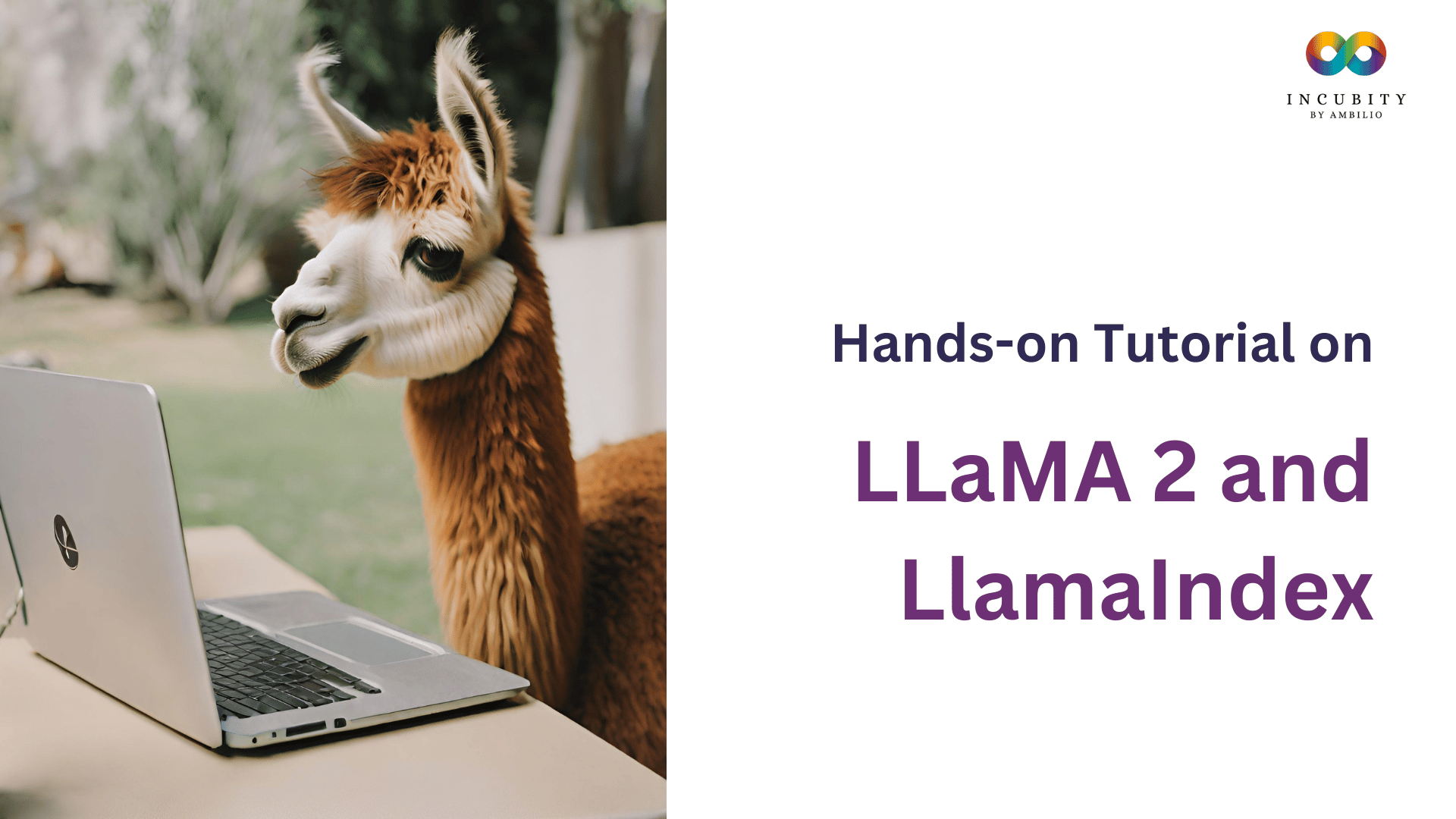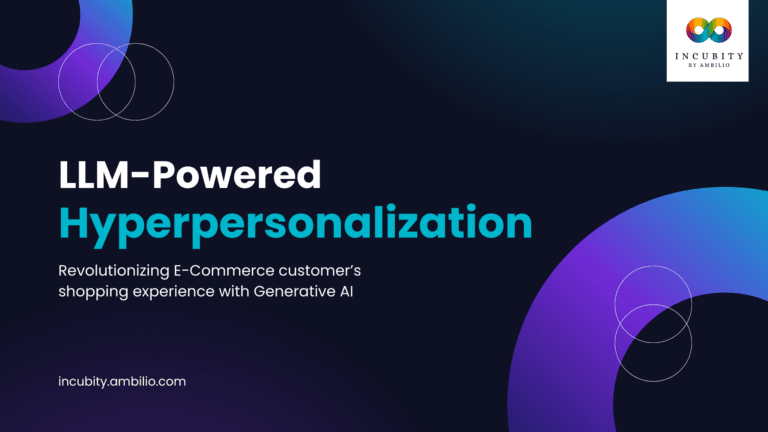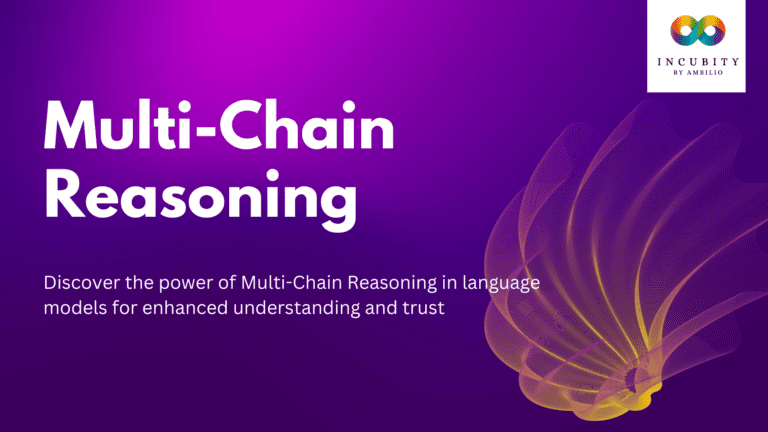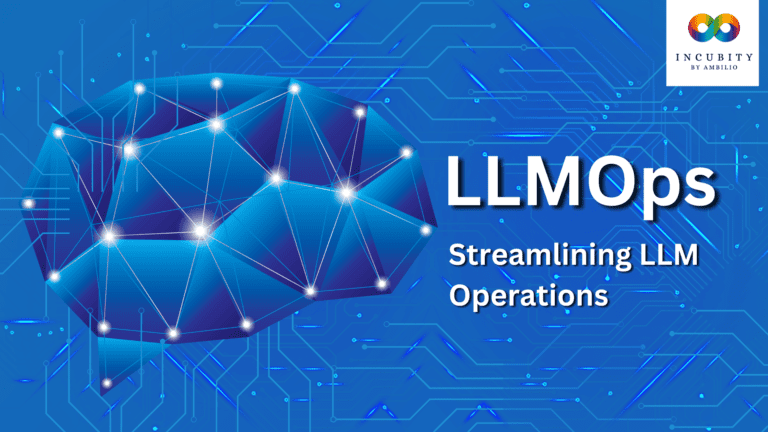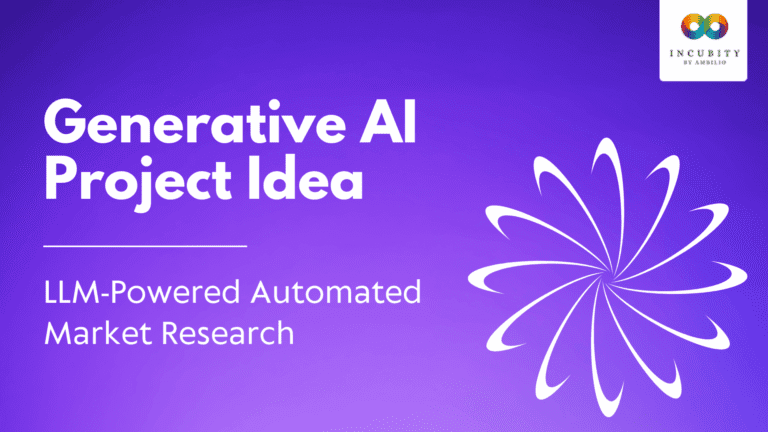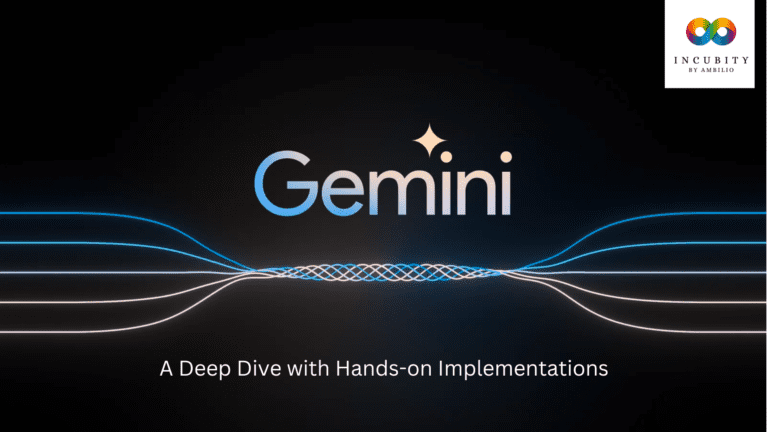The current landscape of AI technologies is witnessing profound developments, paving the way for transformative tools and frameworks. In this tutorial, we embark on an exploration of the cutting-edge in AI, specifically diving into the capabilities of LLaMA 2, a state-of-the-art large language model developed by Meta AI, and harnessing the functionalities of LlamaIndex, a robust framework meticulously designed for working seamlessly with large language models and data ingestion.
This tutorial endeavors to unravel the potential of these innovative technologies in constructing a conversation system. We’ll delve into the intricacies of leveraging LLaMA 2 within the comprehensive framework provided by LlamaIndex. Our focus will span the setup, data retrieval, model initialization, and the practical implementation of querying capabilities using scraped data, showcasing the power and versatility of these cutting-edge AI tools in real-world applications.
Understanding LlamaIndex and LLaMA 2
LlamaIndex
LlamaIndex stands as a comprehensive data framework crafted to facilitate the ingestion, structuring, and utilization of private or domain-specific data within applications employing large language models (LLMs). This framework acts as a bridge between the vast corpus of publicly available data on which LLMs are trained and the specific, often proprietary, data that organizations or individuals possess.
LLaMA 2
LLaMA 2 represents a breakthrough in the evolution of large language models. Developed by Meta AI, it’s a collection of generative text models boasting parameters ranging from 7 billion to an impressive 70 billion. Specifically fine-tuned for dialogue use cases under the name Llama-2-Chat, these models outperform many open-source counterparts across various benchmarks. They excel in generating text and cater to tasks such as translation, question-answering, and code-related inquiries.
Hands-On Implementation
Now, let’s dive into the hands-on implementation. We’ll cover the setup, data retrieval, initialization of the LLaMA 2 70B model using Replicate from LlamaIndex, configuration of the ServiceContext, and the creation of indices using LlamaIndex’s VectorStoreIndex and SummaryIndex. Following this, we’ll demonstrate basic and refined querying using the created indices and LLaMA 2 70B for question answering based on scraped data from a website.
Also: Work on advanced-level Generative AI Projects with Industry mentors. Join AI Project and Research Mentoring Program.
Conclusion
In this tutorial, we’ve ventured into the realm of advanced AI technologies, unveiling the potential encapsulated within LLaMA 2 and LlamaIndex. Through our exploration, we’ve witnessed how these tools, at the forefront of language modeling and data ingestion, converge to create a conversation system with unparalleled capabilities. The ability to scrape data, ingest it seamlessly, and harness the prowess of LLaMA 2 for nuanced question answering exemplifies the transformative impact of these technologies. As AI continues to evolve, the amalgamation of such cutting-edge tools not only redefines how we interact with machines but also charts a path toward innovative applications across diverse domains, paving the way for an AI-infused future where communication and understanding transcend conventional boundaries.

